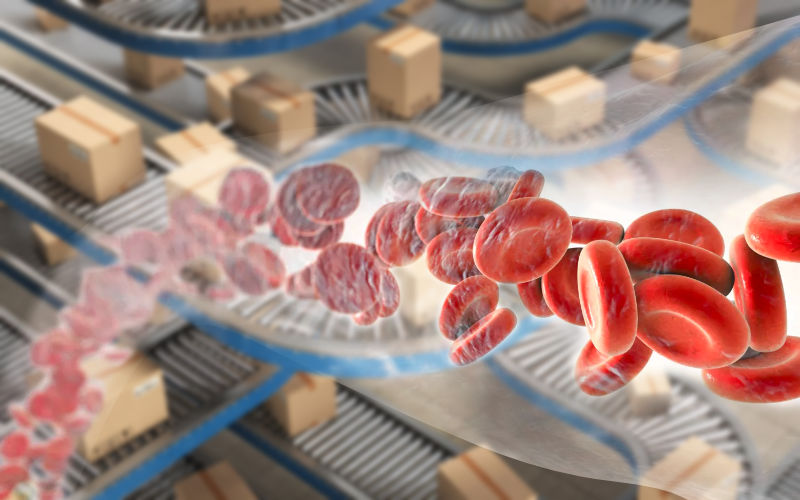The Source of Confusion
Sitting down is the signal for the body to start resting. When we drop down our hinds onto an office chair, however, we are not planning to rest. We sit down to work.
How confusing can this be for your body? I’ll tell you: very confusing!

As we sit for extended periods of time, our bodies start down-regulating many internal functions one by one, creating a chain reaction throughout the whole system. Think of it as entering a brief hibernation or sleep-like state, which, as we said, helps our bodies to preserve energy.
At the same time, we turn on our big, energy-hungry brains. To process information, whether it’s a pile of papers on the desk or a spreadsheet on the computer screen, our brains need a lot of energy. Great! We can redirect all the energy we saved by sitting toward our mental work. That would be ideal.
As we mentioned, however, quite soon after we sit down, our bodies go into a special mode I call “sedentary hibernation,” when many processes will slow down. One of them will be our blood’s circulation. Since blood is the carrier of oxygen and other nutrients required for energy production by cells, including those in the brain, an insufficient supply of nutrients will acutely impact brain function, especially its ability to process information.
Life's Factory
Let us illustrate this with an example. Think of your body as of a factory with a long, looped conveyor belt. That conveyor belt is your cardio-vascular system, which streams blood in a continuous, circular fashion.

Just like a factory conveyor line, your blood carries all sort of things, supplying your cells and organs with everything that they need in order to do their work. You can think of your cells and organs as the factory workers.
In order for our “conveyor line” to run, there must be a motor that propels it. And, in the case of your body, you probably automatically think of the heart.
Actually, if you think of long conveyor lines, they will probably have multiple electrical motors spread out evenly, working in sync to redistribute the load of the transported items. Your cardiovascular system is also designed in a similar fashion.
The heart alone can’t provide sufficient venous blood return – return of blood from the peripheral parts of the body, such as the arms and legs – especially when we are sitting or standing upright. Without the pumping action of our muscles and unrestricted respiratory activity*, our blood circulation won’t be complete. We rely on full, deep breathing and the movement of our limbs to return blood back to our heart, so it can complete its cycle.
Sitting down is similar to turning off some of the motors propelling your internal conveyor belt. Imagine what the factory workers would do if the belt stops moving. In order to perform their tasks, some of them will have to work harder, some will have to find new ways of doing things. I’m sure they will be less efficient and less productive, but far more tired. That’s exactly what happens to the body that “sits and works” at the same time.
* How can the heart be strong enough to pump blood up your legs against gravity? - Answers provided by Dr. Christopher S. Baird, Published: June 7, 2013 - wtamu.edu